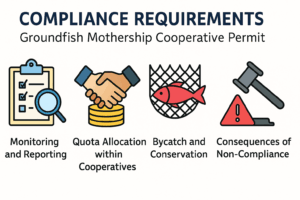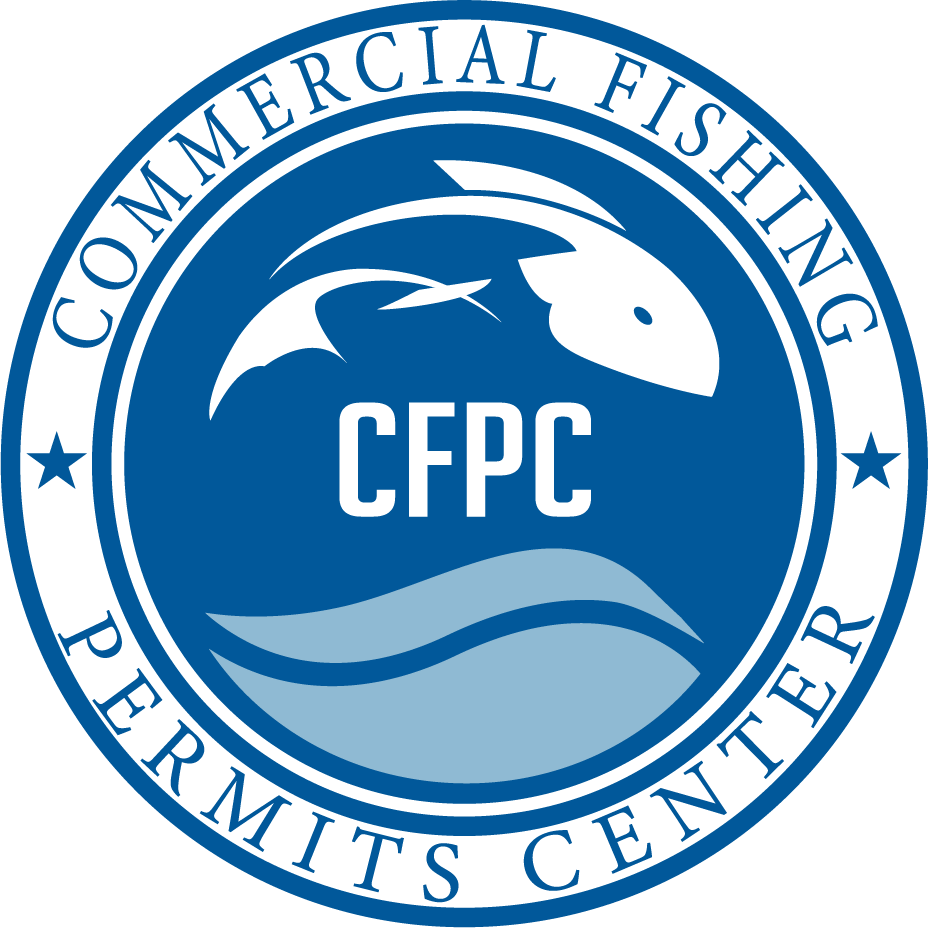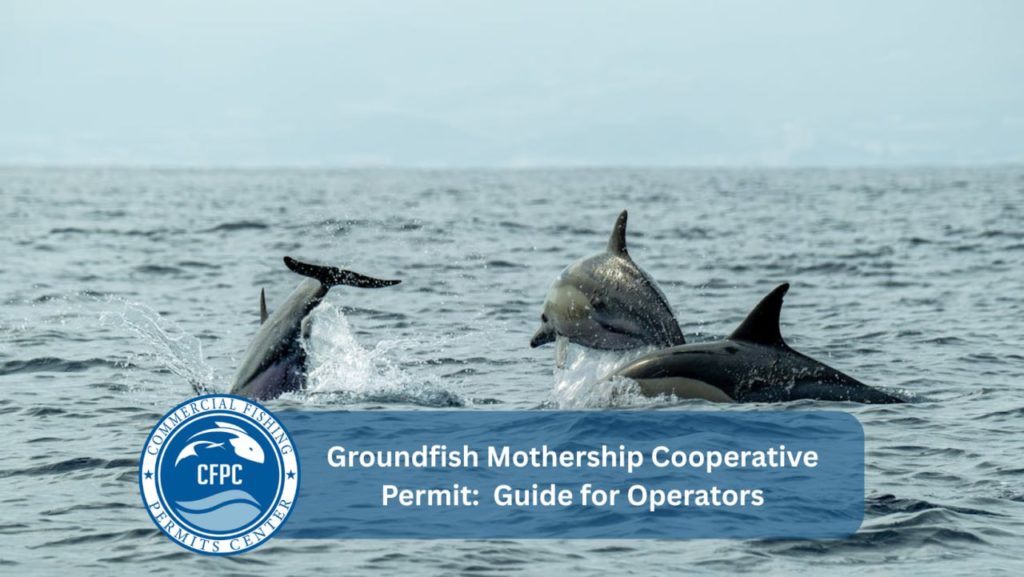The West Coast groundfish fishery is a large valuable fishery in the United States. Vessel owners and companies often use cooperative structures. These structures allocate resources and promote sustainability through them. The Groundfish Mothership Cooperative Permit allows owners of qualifying vessels to participate in cooperative fishing arrangements to ease regulated access to the valuable groundfish resource.
This permit system attempts to balance economic efficiency, profitability, and conservation of the fishery, allowing only those with permits to be included in the harvest and making it illegal to fish without a permit. Furthermore, this permits vessels to pool resources, quotas, and management through a tightly controlled system for long term fishery viability.
Groundfish Mothership Cooperative Permit guide covers acquisition, requirements, comparison to other permits, and application information.
Understanding the Groundfish Mothership Cooperative Permit
The Groundfish Mothership Cooperative Permit allows fishing vessels to join cooperative programs. These programs harvest and manage groundfish stocks on the U.S. West Coast. It is also intended to reduce bycatch, and to provide a stable environment to both fishermen and fish processors.
Purpose of the Permit
- Distribute quotas equally among participants.
- Increasing efficiency, decreasing competition.
- Support long-term sustainability of the groundfish stocks.
- Strengthen accountability for reporting and monitoring.
Information Required for Applications
Include information about vessels owned or operated, ownership, and quota eligibility.
| Section | Description | Required Documents |
|---|---|---|
| Vessel Details | Length, tonnage, and identification | Vessel Documentation Certificate |
| Ownership Information | Legal names, addresses, and proof of status | Government-issued ID |
| Cooperative Data | Intended cooperative membership and quota use | Cooperative Agreement |
| Compliance Records | Past fishing history and compliance status | NMFS Compliance Confirmation |
It ensures that only eligible and compliant operators join the cooperative system.
Compliance and Regulatory Aspects
The Groundfish Mothership Cooperative Permit contains strong performance requirements to ensure fairness and sustainability.

Monitoring and Reporting
In order to remain within their quota, operators must abide by electronic logbook and reporting systems, logbooks, and landings monitoring programs.
Quota Allocation within Cooperatives
Quotas are determined by the history of the vessel and cooperatively between members who benefit from this arrangement by pooling competition and responsibility for catch limits.
Bycatch and Conservation
The cooperative has taken measures to reduce bycatch, and individual vessels in the cooperative are subject to bycatch caps and other management measures set by regulators.
Consequences of Non-Compliance
Most operators have compliance personnel or systems in place, as fines, permit suspensions, and expulsion from the cooperative are all possible.
Comparing the Cooperative Permit with Other Fisheries Programs
The Groundfish Mothership Cooperative Permit is separate from the individual quota. It is also not part of the licensing system.
Cooperative Permit vs. Individual Quota Programs
Individual quota systems may often lead to boats competing with each other, which cooperative permits can avoid through pooling and efficiencies.

- Groundfish Mothership Cooperative performs best in efficiency and bycatch reduction.
- Individual Quota Systems excel in quota ownership and allocation independence.
- Cooperatives show strong teamwork and operational performance.
- Individual systems favor personal control but moderate efficiency.
These differences suggest opportunities for collaboration and a sustainable future.
Step-by-Step Guide to Applying for a Groundfish Mothership Cooperative Permit
It is a thorough, detailed organization of the permit.
Verify Eligibility
Verify documentation, ownership, and compliance history.
Collect Documentation
Obtain certificates for vessels, proofs of ownership, cooperative agreements, and compliance.
Complete Application
This gives an idea of how cooperative membership and quotas would be determined.
Submit and Pay Fees
Submit the application with the required fees to the licensing authorities by the deadline.
Maintain Compliance
If granted a permit, you must monitor quotas along with bycatch and file regular reports.
Why the Groundfish Mothership Cooperative Permit Matters
The Groundfish Mothership Cooperative Permit is necessary for the cost-effective and profitable operation of the West Coast groundfish fishery. It provides a mechanism for equitable distribution of quotas among the operators. It addresses the goal of cooperative efforts in the fishery and seeks to achieve sustainable fishery management.
Once properly applied for, in time and according to the laws, the vessel owners have their systemized fishing right, non-competing and at a higher rent. For most of the fishery operators, membership is no longer only a requirement for the fishery regulations, but a competitive advantage as well.


No Comments
Be the first to start a conversation